You’re probably here because you’ve been asking yourself what malt is in beer. Isn’t that right? If yes, we would like to tell you that malt is a critical ingredient to a beer. It is responsible for delivering flavor, aroma, excellent mouthfeel, color, and head retention to the final product.
We found the need to enlighten you on this particular grain bill because most drinkers barely recognize its presence as hops often overshadow malts. If you think you’ve never tasted malts, these seeds have enzymes that break down the starch to produce the sugary flavors you feel in a beer.
Besides, yeast catalyzes the malt’s starch to generate more alcohol content of a beer. Are you eager now to know more about malt? Read ahead!
Definition of malt
Malt is a germinated seed used to produce starch and flavors to a beer in its fermentation stage. The malting process requires you to soak, sprout and dry the wheat, oat, barley, rye, and other cereals accordingly. In the end, you acquire malty grains that produce a sugary and bread-like character in a brew.
Moreover, malt provides sugars that yeast uses to generate alcohol and carbon dioxide. Interestingly, these products make the beer stronger and sweeter. If you happen to take the malted wort faster because of its flavor and smoothness, you will get buzzed immediately.
How is malt prepared?
By now, we suppose you are already curious about making malt, right? Preparing this grain bill is easy and cheap. Like the germination experiment you did at your elementary school, you will do something similar in malting. All you need to do is follow these simple steps:
1. Steeping
First, ensure you have a jar filled with hot water of about 170 degrees Fahrenheit to soak the cereals. However, do not use tap water. Tap water would make malting bacteria inactive and not thoroughly mix with crucial ingredients.
After soaking the grains, wait for about 24 to 48 hours and check your experiment. In this case, ensure that your seeds bulge when filled with water. By doing so, you will activate some enzymes that systematically catalyze the sugars to simpler compounds.
It would help if you did not confuse steeping and mashing. Mostly in mashing, you mix the wort with water to break the malty starch into soluble sugars. On the other hand, with steeping, you mix the seed with water, which does not necessarily break the starch.
2. Germinating
According to your elementary class, germination is preparing the seeds for growth while keeping factors like warmth, oxygen, and water at bay. The same case applies here. You should ensure the seeds have the required airflow, temperature, and moisture. Therefore, continue germinating your cereals until you identify some rootlets sprouting.
When you see that, know that the carbohydrates and proteins in the grain have been broken down. Still, that is an indicator that the seed is building starch for the growing plant food. Always conduct a periodic rotation of all grains to ensure even germination. Usually, this process should take you four to six days.
3. Kilning
Indeed, starch is the product you need in malting, and if you allow more germination of the seed, it will use that sugar completely. You have to prevent that by subjecting the experiment to a kilning chamber. Here, you roast the product until all of its moisture dries. Even some enzymes perform well in this chamber.
Note that how you roast or kiln your grist matters how the final product will savor. Pilsner and Pale malts are gentle because their starch is thoroughly used up in the malting. In contrast, special malts like caramel or roasted malts are not dried completely.
4. Cleaning
At this stage, the malt is complete but needs to be pure. Hence, the solution is taken to a cleaning silo that washes away or filters the rootlets, husks, chaff, and cereals’ dust. When this malt is free from these impurities, it is packaged to sell or be ready for usage.
What is the role of malt in beer?
The most critical role of malt is to produce starch necessary for flavoring your brew and making more alcohol in the fermentation chamber. Primarily, if we had no malt, there would not be any alcohol in a beer. In the steeping process, the seeds have starch broken down to maltose by the grains’ enzymes present. This maltose is a disaccharide product that is used in the fermentation process to produce the alcohol further.
On the same note, when the cereals start to germinate, they store the starch’s grain food. Starch is the complex compound of sugar that is food to yeast in fermentation. Here, there is no air allowed where the anaerobic reaction takes place. As a result, the starch, carbohydrates, and proteins are broken down to soluble sugars by yeasts that increase the alcohol content.
It would help to know how the Malta sugars are broken down to bring beer’s taste, aroma, texture, or color. Probably you have ever wondered why most beers are brownish in color and taste like bread. The answer is the Kilning process of a beer. How you kiln the product matters a lot with the final taste.
If you did not know, the base malt is the standard malt type used for beers. So, by gently roasting the germinated seeds, you form a pale hue base malt. Some brewers may also want to prepare specialty malts like caramel, roasted, toasted, or chocolate. Therefore, they burn the cereals in a lighter proportion than when preparing base malt.
Chocolate malts-for example- give a beer its thick, dark texture. It also has a roast style that offers a coffee-like taste and an earthy finish. Caramel malts give the beer a sweet note. Then, the pilsner type gives you honey and floral aromas in a drink.
Which are the different types of malt in beer?
Probably you have come across some malts like pilsner, pale, Vienna, or others and wonder how many are out there. We can tell you for sure that these malt classes are numerous. As mentioned earlier, these malts styles come from different kilning procedures. In this case, we group malts according to basic malts and special malts.
Basic Malts
You will know basic malts by their brownish and refreshing taste. Basic malts come as a result of a complete gentle breaking of starch. Below are some types of barley’s basic malts.
- Pilsner – This type of malt is roasted smoothly than the other classes at a temperature of thirty-five degrees Celsius. You can raise that temperature but don’t exceed 70 degrees.
- Pale – Unlike the pilsner style, you prepare pale with a temperature exceeding 100 degrees Celsius. You will likely love the biscuit and bread taste of pale brews.
- Vienna – It is a style roasted at high degrees and exhibits a roasted flavor similar to caramel.
- Smoked malts – here, you use oaks to dry the malt. You, therefore, experience a smoky kind of notes with these malts.
Other basic malts include non-barley malts like rye and wheat malt.
Special Malts
For your beer to be more classic, some brewers add other malt styles to the basic malt. Unlike the basic styles, most special malts do not follow the standard malt preparation procedure. Here they are:
- Roasted malts– If you’ve had a taste of a chocolate-like beer, probably they are contain roasted malted. The reason why they are called roasted malts is that maltsters subject them to higher heat of 250 degrees.
- Caramel malts– words may lack when describing how sweet caramel malts are. These are unique because caramel’s makers roast the seeds without drying them after germination.
- Crystal malts– just like the caramel styles, crystal malts are subtle and delicious. You will love how they color a brew to a splendid tone, despite them being as clear as crystal.
- Toasted malts– consider a toasted bread and relate with how a toasted beer would taste. You would love bread-like or biscuit flavor. These types of malts are prepared in low quantity to bring this savor.
These are just a few. There are other malts you can find in the market.
Conclusion
Do you now have a hint of what malt is and how it should taste? We believe that you can tell how malt influences the taste of a beer and alcohol preparation.
With that knowledge, it will help you to acquire the best malt types for your home-brewing exercise. If you’re not sure, you can consult an expert brewer who should help you in defining these malty styles.
Hopefully, you have also learned the steps for preparing malts, including steeping, germination, and kilning. These steps should be a jumpstart for you to make a malt at home or even a beer brand. Perhaps it can be your next business venture.
Have any questions? Don’t hesitate to ask. If you don’t mind, please share your perspective about the malty styles you find favorable above.

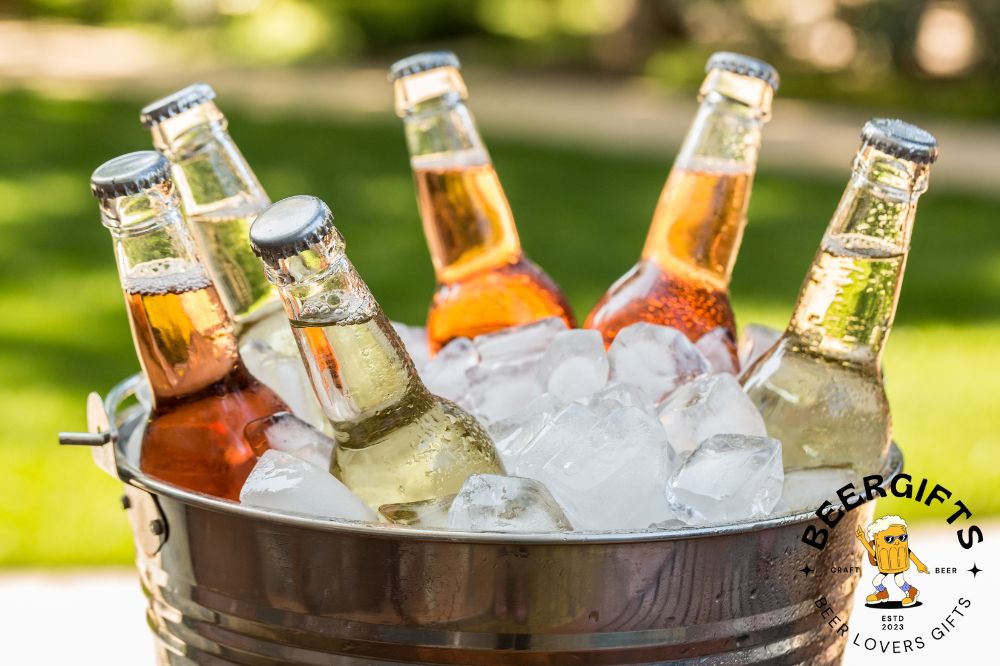

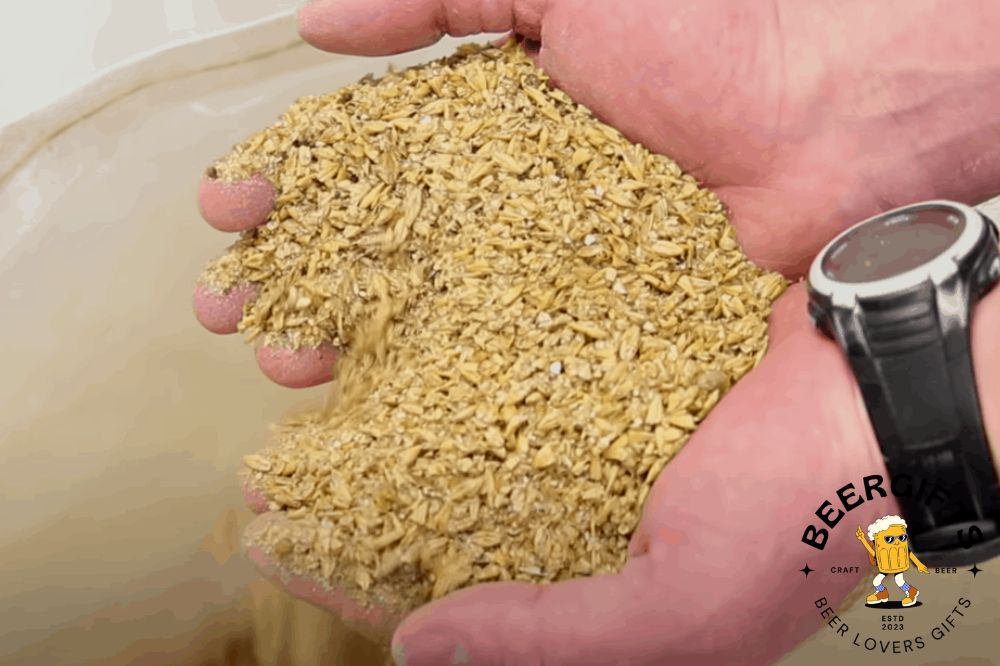
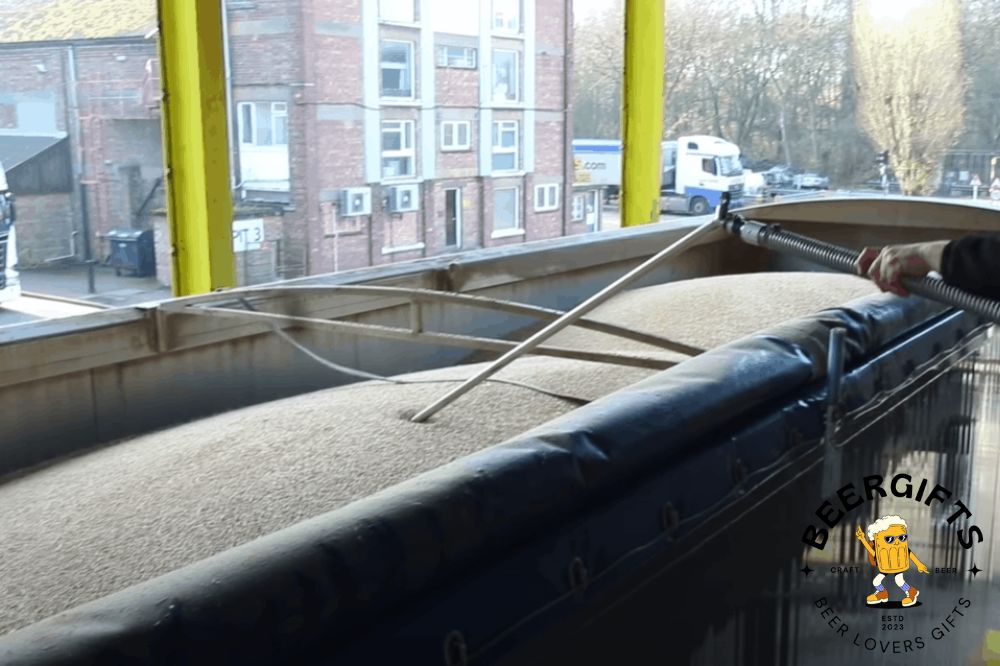
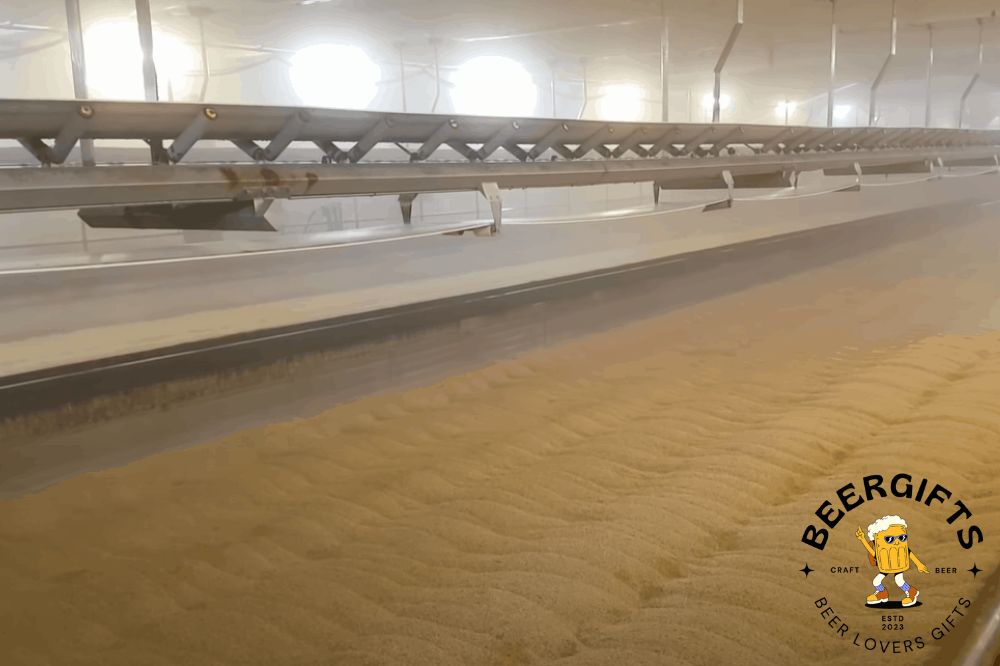
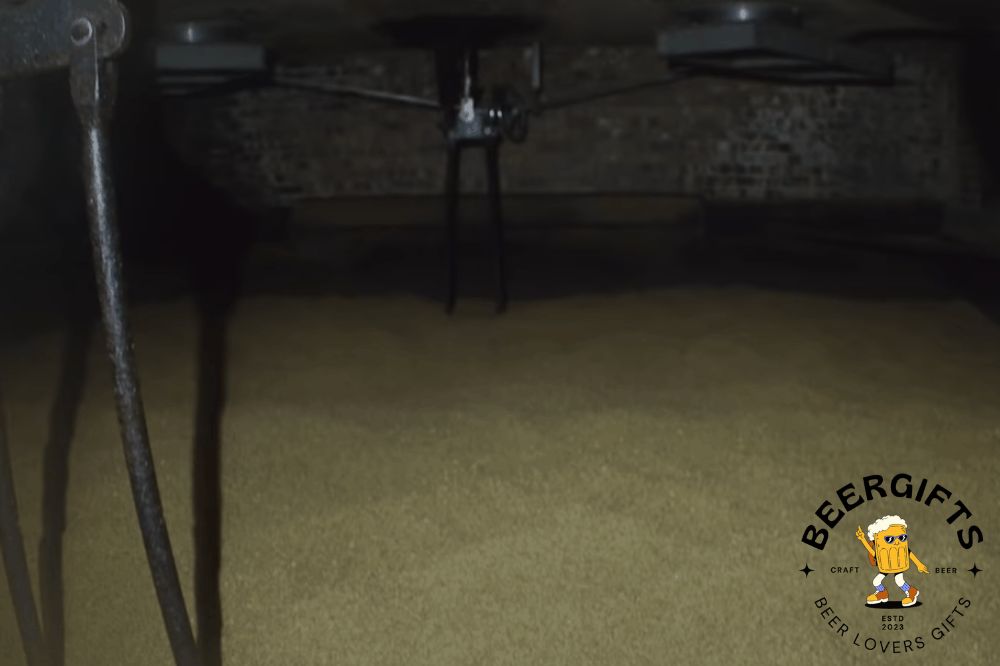

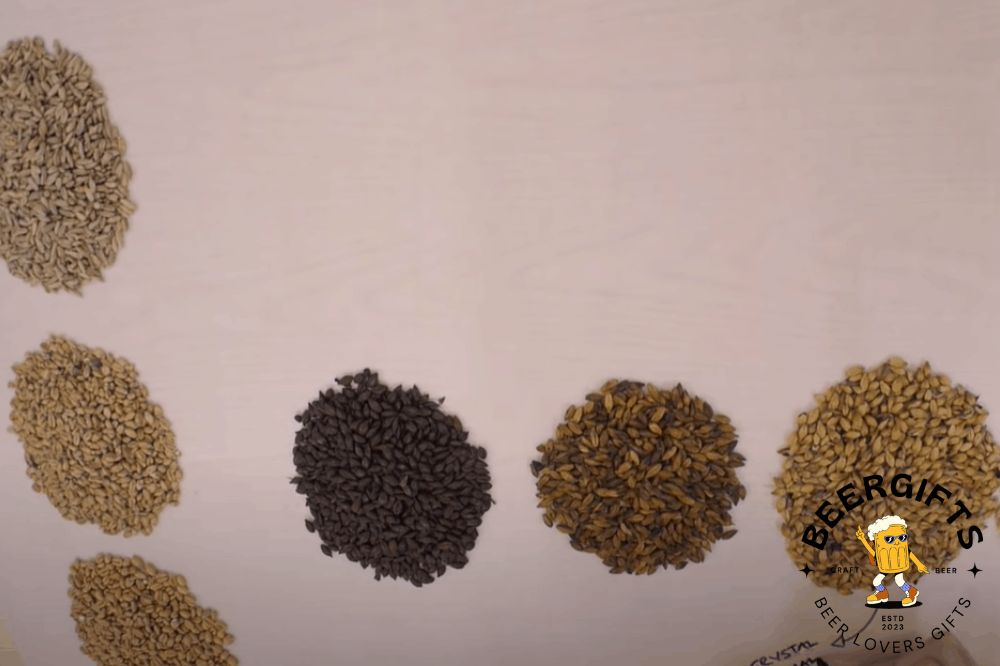
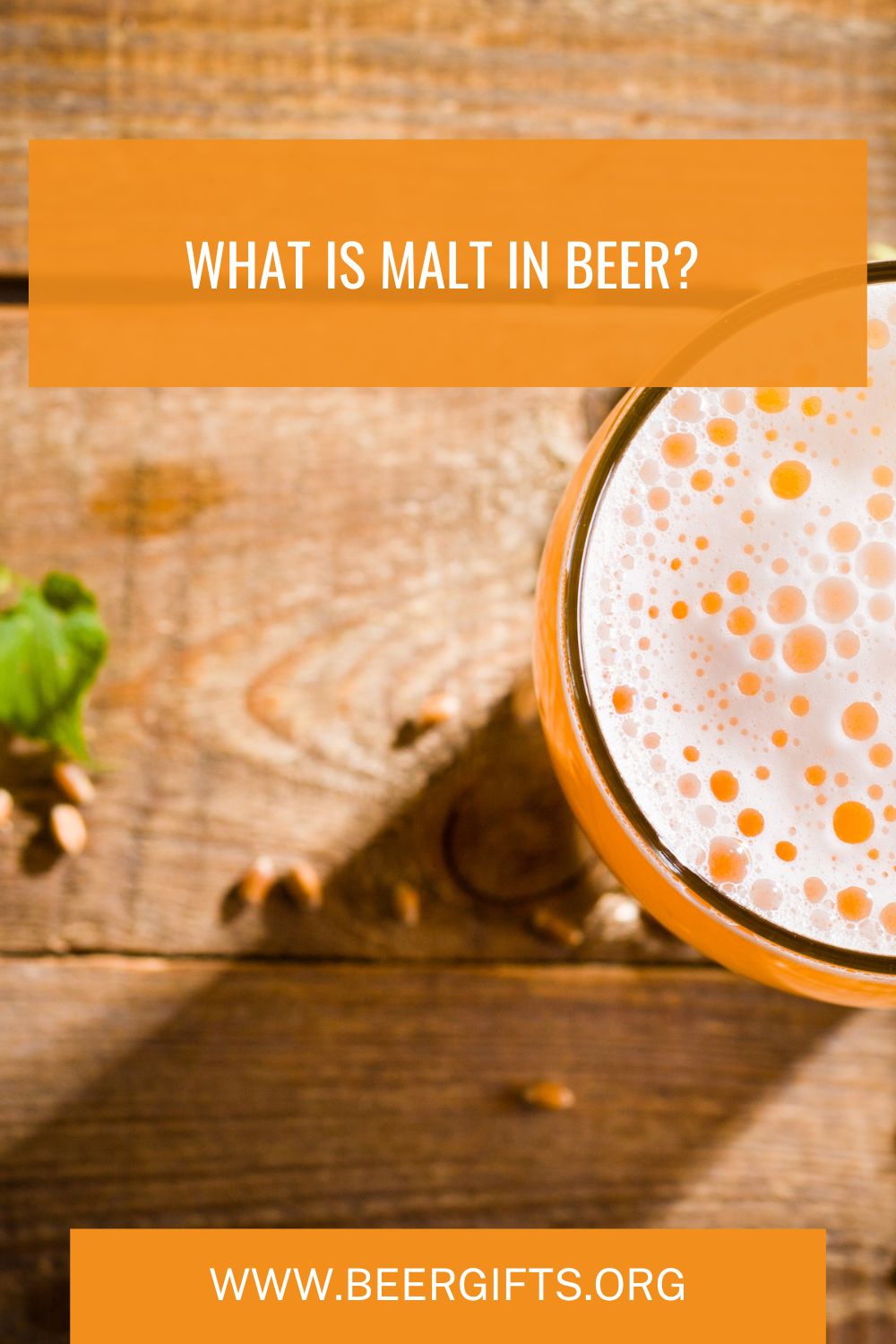
hi salaam from Hargeisa,Somaliland, which to start making my own beer, in a country well beer or haraam but beer is life